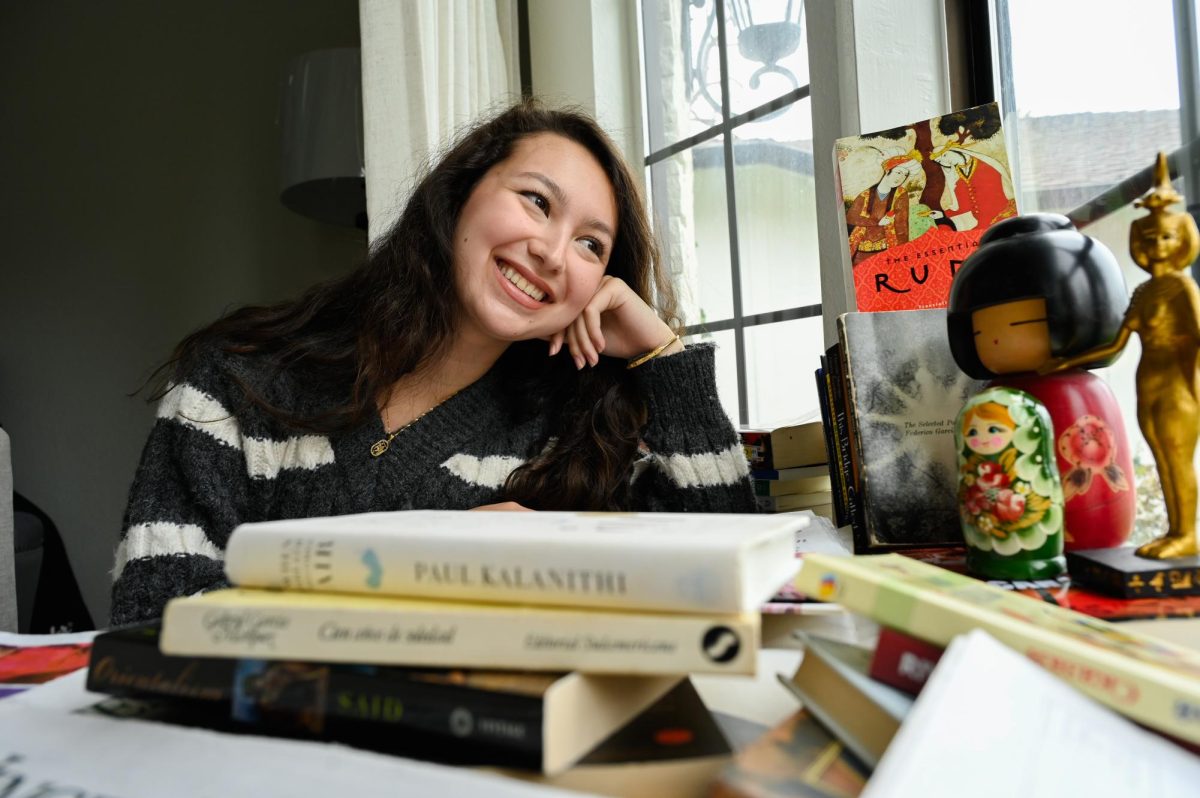The Russian Armed Forces simulated a large nuclear strike in a military exercise on Oct 25.
The Strategic Rocket Forces fired a nuclear-capable RS-24 Yars intercontinental ballistic missile (ICBM) from the Plesetsk Cosmodrome in Russia’s far east, according to the Kremlin. A nuclear-powered submarine launched another missile in the Barents Sea, and a Tupolev Tu-95, one of Russia’s strategic bomber aircraft, tested multiple cruise missiles in a simulation for responding to an enemy nuclear strike. The Russian Ministry of Defense published several videos showing multiple military aircraft taking off from an airfield and various long-range missiles flying overhead in the night sky.
Hours earlier, the State Duma, the lower house of Russia’s legislative branch, passed a bill to repeal the nation’s ratification of the Comprehensive Nuclear Test Ban Treaty (CTBT). Russian President Vladimir Putin signed the legislation passed by the Duma into law on Nov. 2, officially rescinding Russia’s commitment to the treaty, which bans the testing of nuclear weapons and explosions. Although the CTBT has not been in force since its adoption, almost all of the world’s countries have signed the agreement, but many countries with nuclear capabilities have yet to ratify it. In practice, it is widely considered to prohibit nuclear testing, as only North Korea has done so since the 1990s. Putin stated that his move would parallel the United States’ stance, which signed but never ratified the CTBT.
Upper school computer science department chair Eric Nelson advises the Harker chapter of the Critical Issues Forum (CIF), a program focusing on nuclear disarmament and nonproliferation. He viewed the tests and backing out of the CTBT as a show of military force to the West and an indication of rising tensions between Russia and the United States in recent years.
“The nuclear tests and Russia’s repeal of the Comprehensive Nuclear Test Ban Treaty weren’t surprising to me,” Nelson said. “The nuclear drill was primarily saber-rattling by Russia after the United States’s announcement that they were beefing up [their] nuclear arsenals, and so all of this is an indication that the Cold War is warming up again.”
Russia rehearses employing their nuclear weapons almost every year. However, the recent tests are the first of its kind in terms of scale and scope, particularly in the midst of the Russian invasion of Ukraine, the largest conflict in Europe since World War II. CIF participant Selina Wang (10) indicated another possible underlying cause for Putin’s decision to conduct the test at this time.
“I know some people perceive [the nuclear strike simulation] as a warning to the West because it’s a reminder for people who lived during the Cold War era and who think that we might be returning to that time,” Selina said. “But I think it also could show Putin’s desperation because currently right now with Ukraine it’s a standoff, and so it’s his last stand. It’s definitely something that can escalate because desperation causes irrationality and that could be something that Russia’s aiming for.”
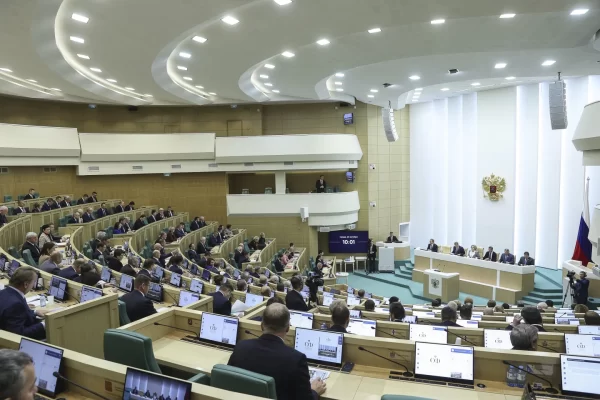
CIF participant Gia Emelie (11) speculated that the tests were an indication that Russia is enlarging its nuclear arsenal, especially to counter the ever growing number of countries with nuclear capabilities in their armed forces.
“Although [U.S-Russia relations] are already very tense and Putin is somewhat unpredictable in terms of his policies, I think it could potentially mean that [the Russian Armed Forces] is developing their nuclear arsenal for war,” Gia said. “With more key players gaining nuclear weapons, the mindset of just one country versus another has been breaking down because that was only meant to be between two players, and now that there’s more countries with nuclear weapons, things are very different.”
One of the main principles of nuclear deterrence during the Cold War was mutually assured destruction, the doctrine that an attack on a nuclear power by another would result in the devastation of both sides. Nelson, like Gia, emphasized that, even with growing tensions, a nuclear exchange today would look much different than in the 1960s, with more than just the United States and Russia having access to nuclear weapons.
“Although there’s starting to be another Cold War, whether or not anybody is psychotic enough to try to attempt a nuclear exchange is a whole different question,” Nelson said. “The world is not the place it was when mutually assured destruction was the basic policy of both sides. We now have third players, particularly China, but even still everybody would end up suffering in the long run and short run, and there would be no winners.”
Gia doubted that the Russian simulation had any implications or effects on the use of nuclear weapons by other countries around the globe.
“I don’t think [the missile tests] will change anything,” Gia said. “Most of the treaties over the past century have been trying to limit the number of nuclear weapons. But with the instability in not only the Russian government but also the U.S. government, [whose leader] changes every four years, I think those sorts of past agreements are starting to break down.”
However, Selina warned that such Russian nuclear rehearsals may continue and could serve as a grave sign that the world is moving towards global conflict.
“The way Putin said he wouldn’t do [more nuclear testing] definitely indicates that more simulations are possible,” Selina said. “I think he definitely will continue under the pretense of trying to protect the Russian people. Because the Russian invasion of Ukraine isn’t moving along very fast, I think he really wants the U.S. to take direct action, so it definitely shows that we’re definitely moving more towards nuclear war than ever before.”


















![“[Building nerf blasters] became this outlet of creativity for me that hasn't been matched by anything else. The process [of] making a build complete to your desire is such a painstakingly difficult process, but I've had to learn from [the skills needed from] soldering to proper painting. There's so many different options for everything, if you think about it, it exists. The best part is [that] if it doesn't exist, you can build it yourself," Ishaan Parate said.](https://harkeraquila.com/wp-content/uploads/2022/08/DSC_8149-900x604.jpg)




![“When I came into high school, I was ready to be a follower. But DECA was a game changer for me. It helped me overcome my fear of public speaking, and it's played such a major role in who I've become today. To be able to successfully lead a chapter of 150 students, an officer team and be one of the upperclassmen I once really admired is something I'm [really] proud of,” Anvitha Tummala ('21) said.](https://harkeraquila.com/wp-content/uploads/2021/07/Screen-Shot-2021-07-25-at-9.50.05-AM-900x594.png)







![“I think getting up in the morning and having a sense of purpose [is exciting]. I think without a certain amount of drive, life is kind of obsolete and mundane, and I think having that every single day is what makes each day unique and kind of makes life exciting,” Neymika Jain (12) said.](https://harkeraquila.com/wp-content/uploads/2017/06/Screen-Shot-2017-06-03-at-4.54.16-PM.png)








![“My slogan is ‘slow feet, don’t eat, and I’m hungry.’ You need to run fast to get where you are–you aren't going to get those championships if you aren't fast,” Angel Cervantes (12) said. “I want to do well in school on my tests and in track and win championships for my team. I live by that, [and] I can do that anywhere: in the classroom or on the field.”](https://harkeraquila.com/wp-content/uploads/2018/06/DSC5146-900x601.jpg)
![“[Volleyball has] taught me how to fall correctly, and another thing it taught is that you don’t have to be the best at something to be good at it. If you just hit the ball in a smart way, then it still scores points and you’re good at it. You could be a background player and still make a much bigger impact on the team than you would think,” Anya Gert (’20) said.](https://harkeraquila.com/wp-content/uploads/2020/06/AnnaGert_JinTuan_HoHPhotoEdited-600x900.jpeg)

![“I'm not nearly there yet, but [my confidence has] definitely been getting better since I was pretty shy and timid coming into Harker my freshman year. I know that there's a lot of people that are really confident in what they do, and I really admire them. Everyone's so driven and that has really pushed me to kind of try to find my own place in high school and be more confident,” Alyssa Huang (’20) said.](https://harkeraquila.com/wp-content/uploads/2020/06/AlyssaHuang_EmilyChen_HoHPhoto-900x749.jpeg)




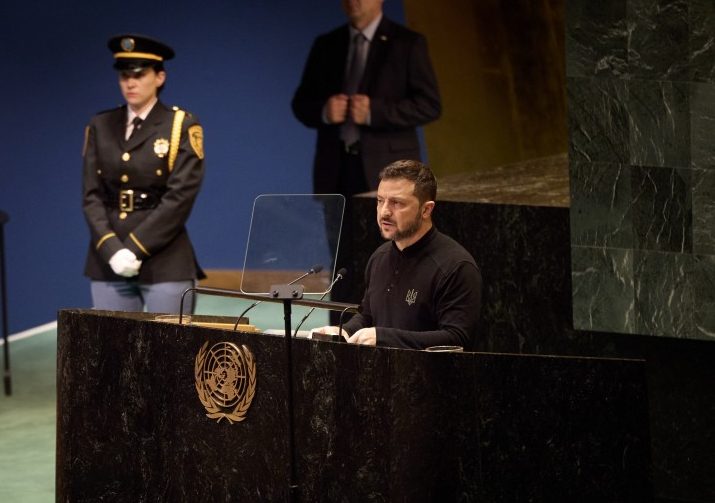
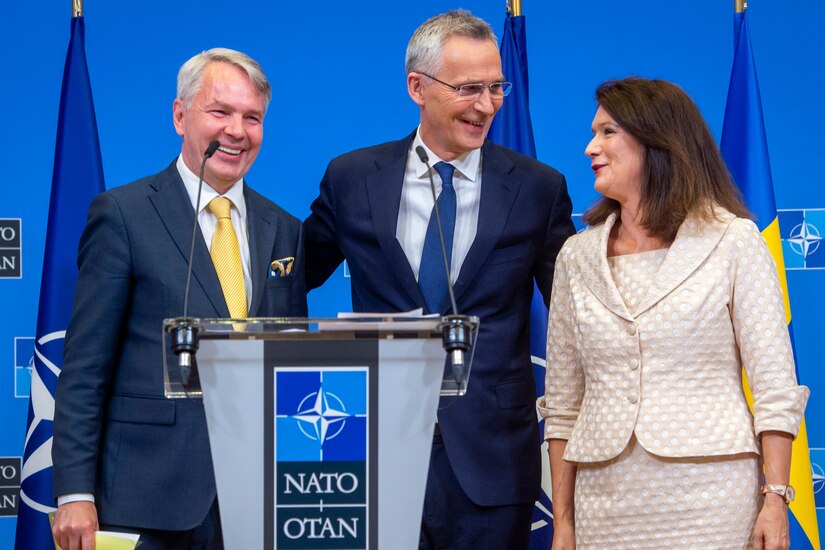

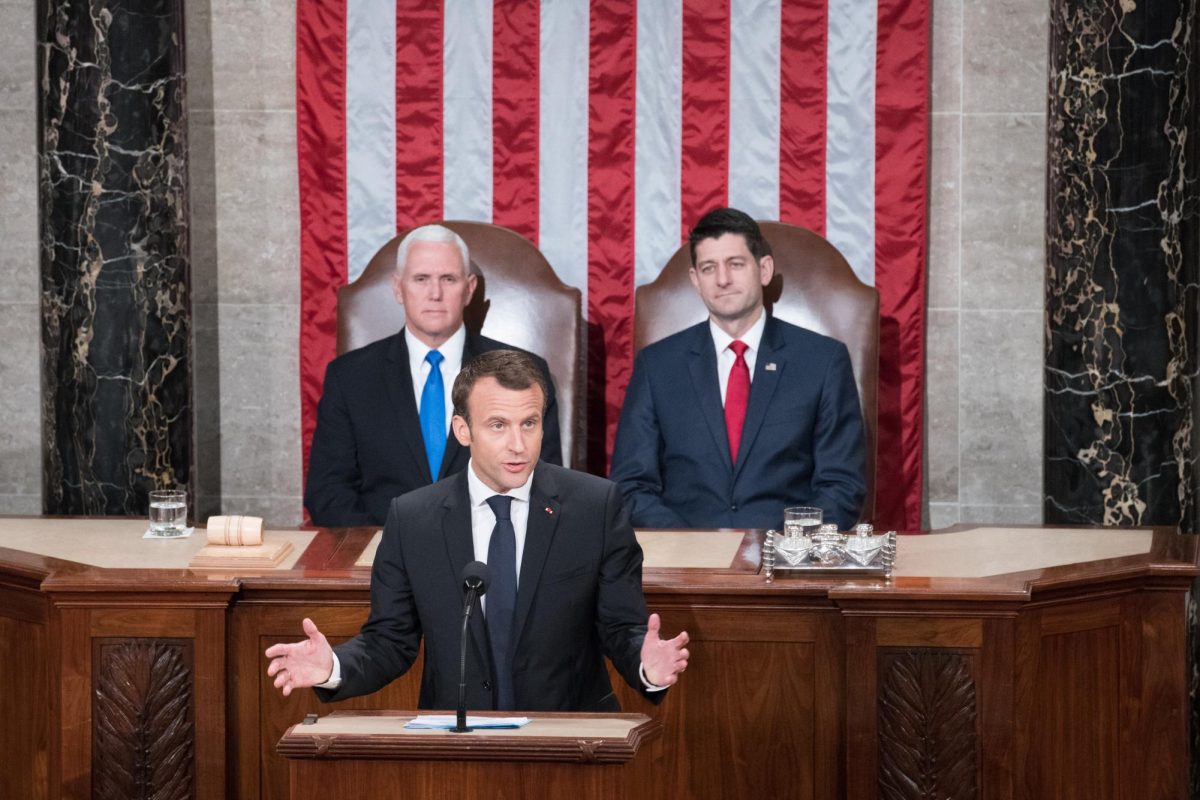

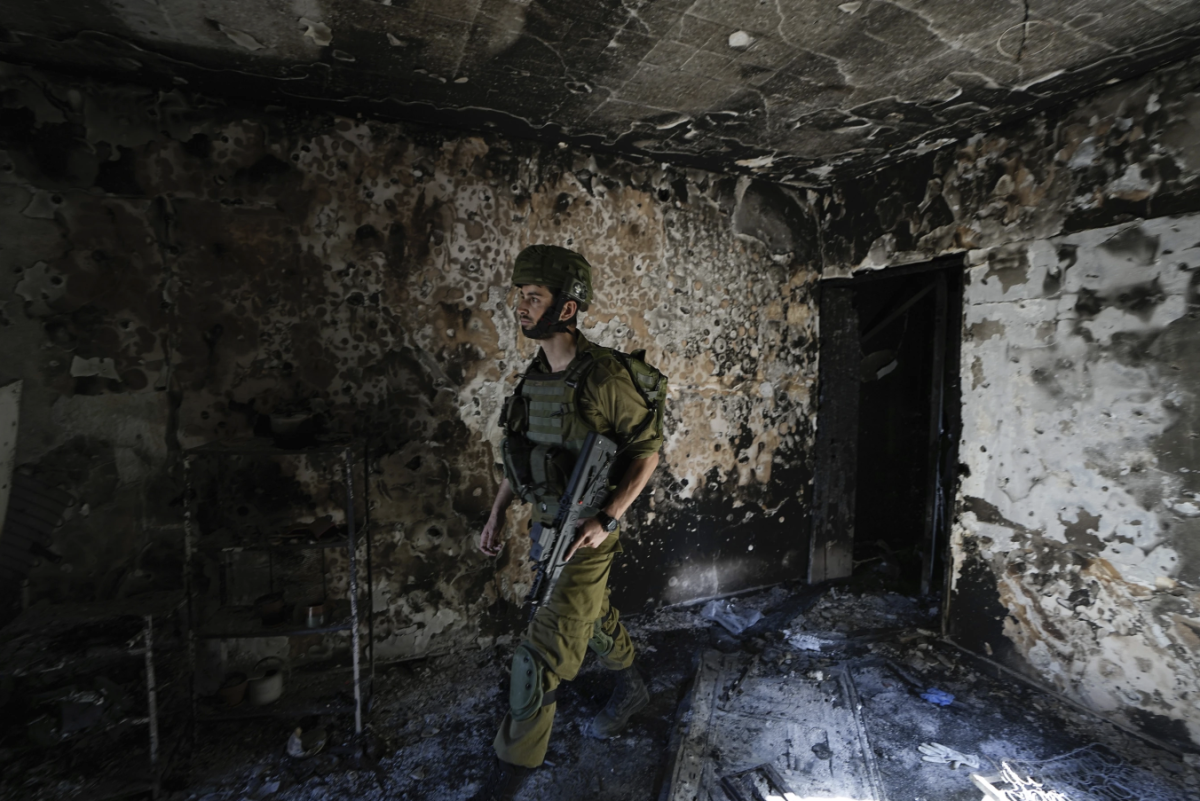


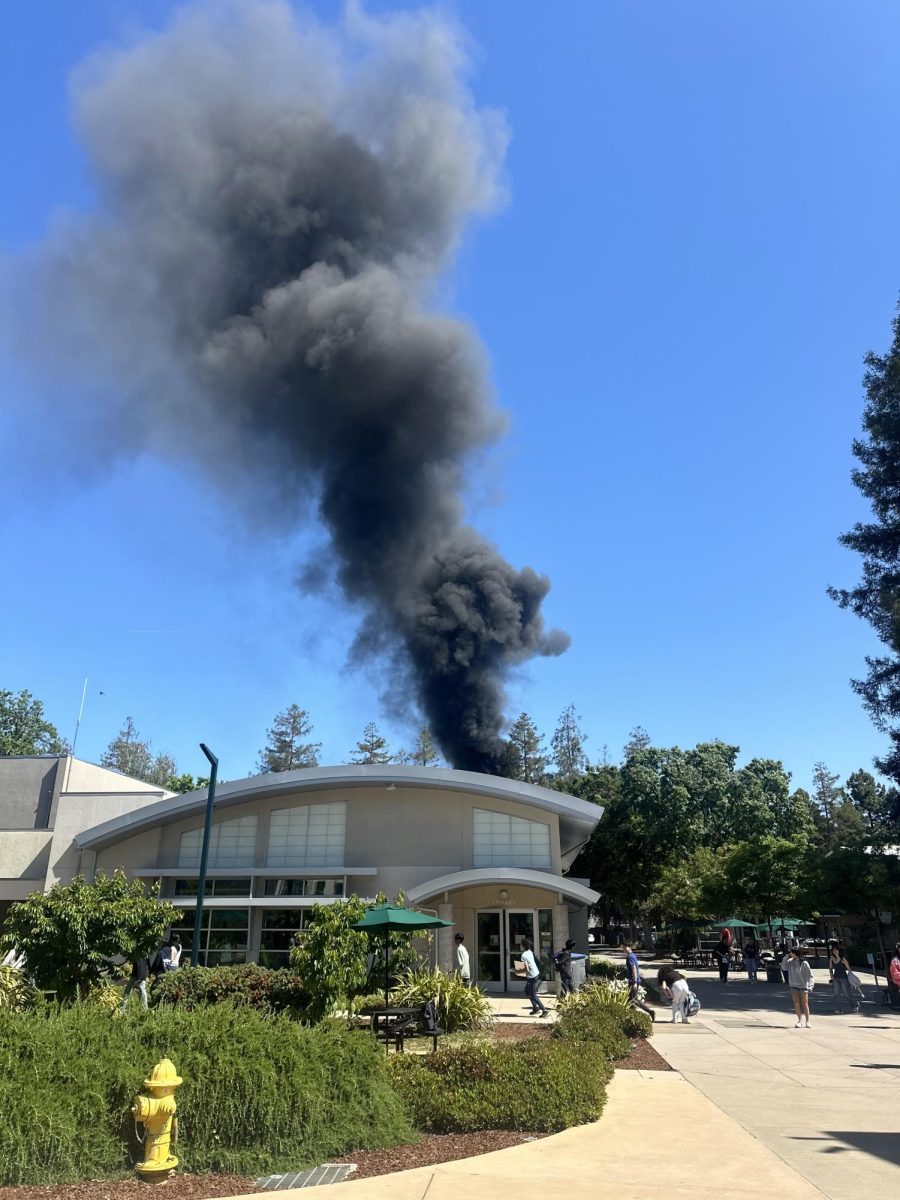
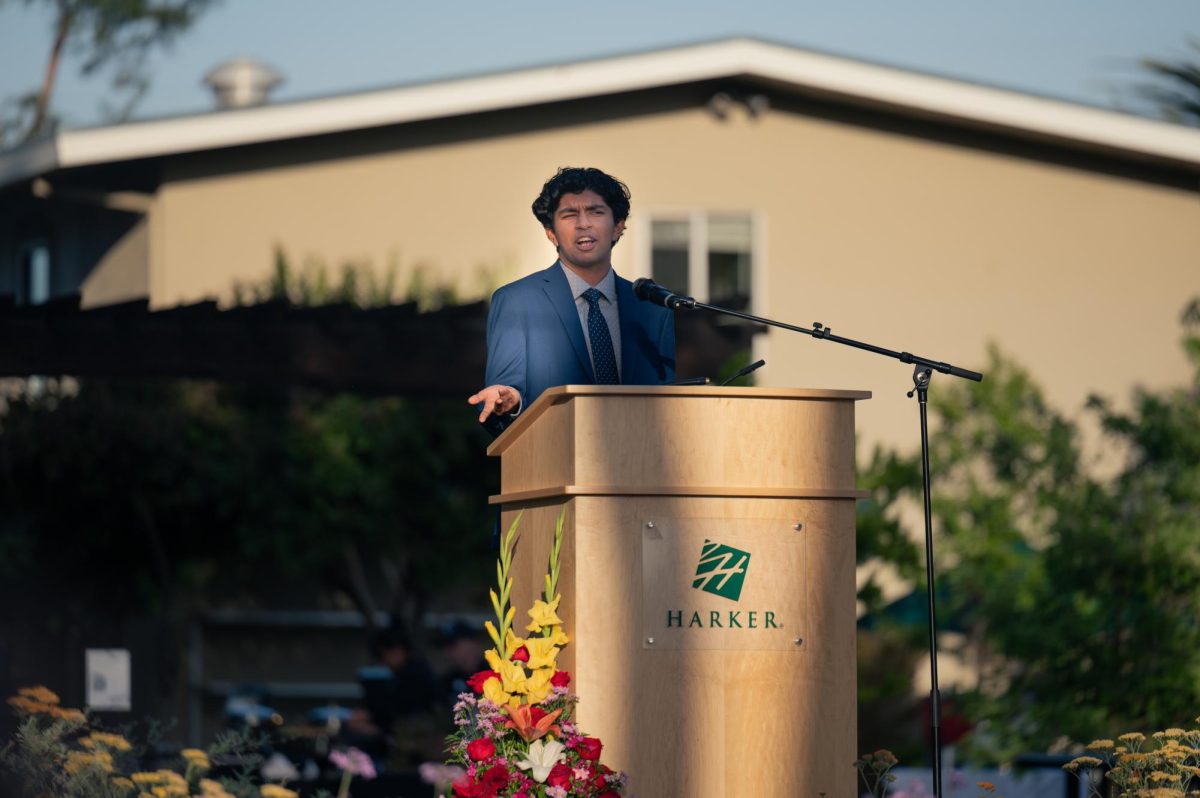
![Winged Post Editor-in-Chief Katerina Matta and Managing Editor Young Min were selected as first place winners from a pool of around 2,000 students. “This page [shows] how much we paid attention to detail and how much we pushed ourselves to ensure the best quality that we could,” Young said.](https://harkeraquila.com/wp-content/uploads/2025/05/IMG_4254-900x1200.jpeg)

